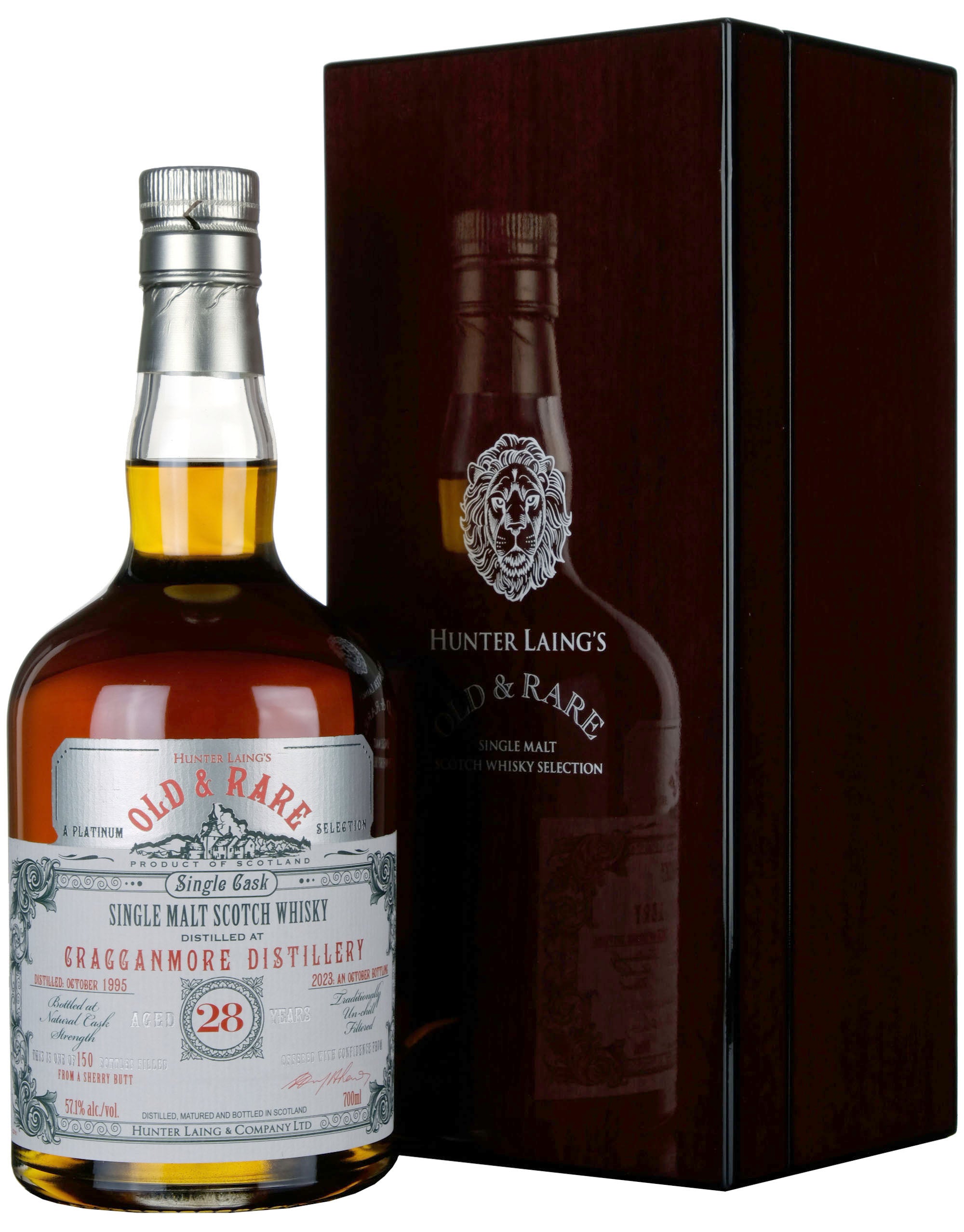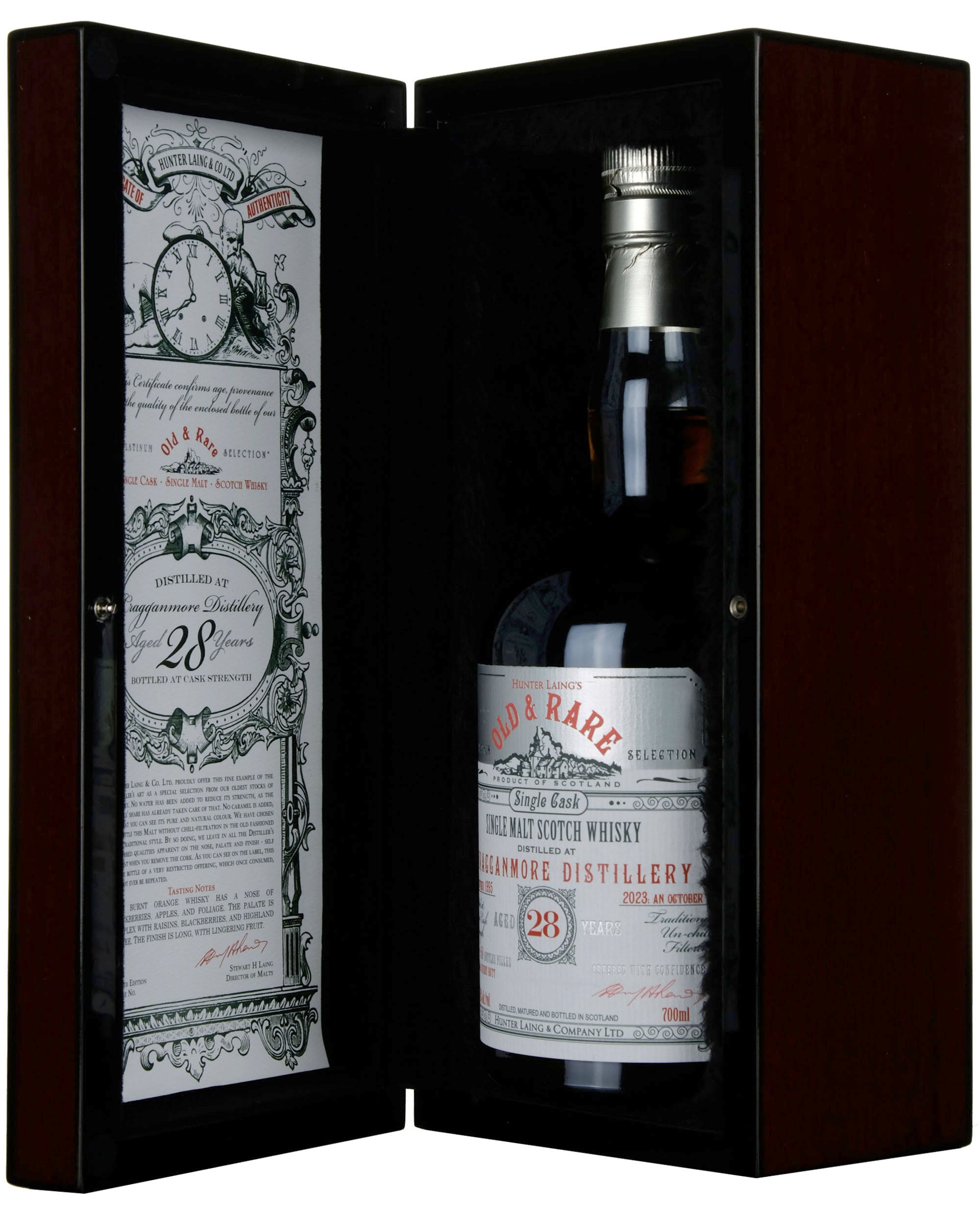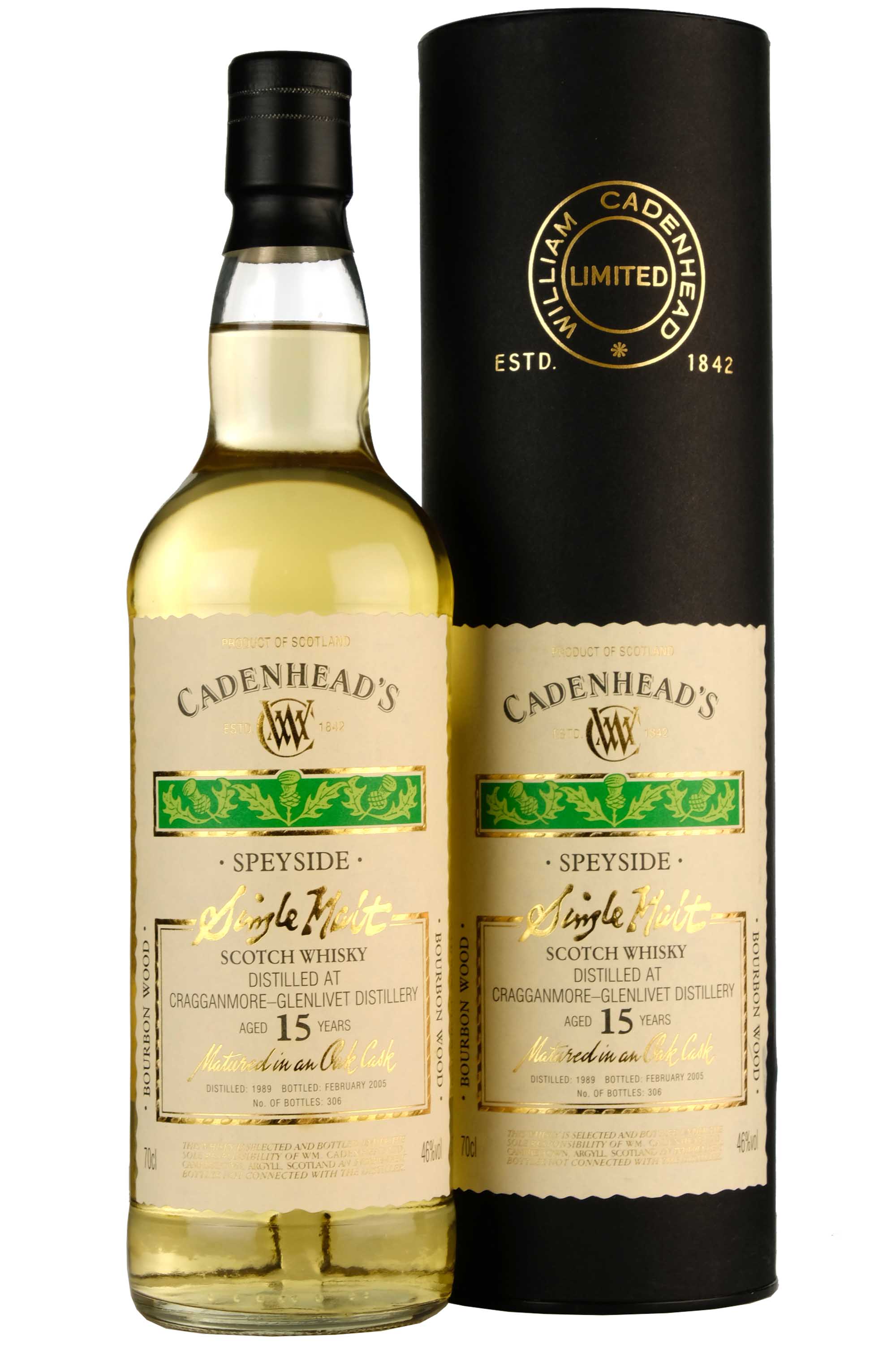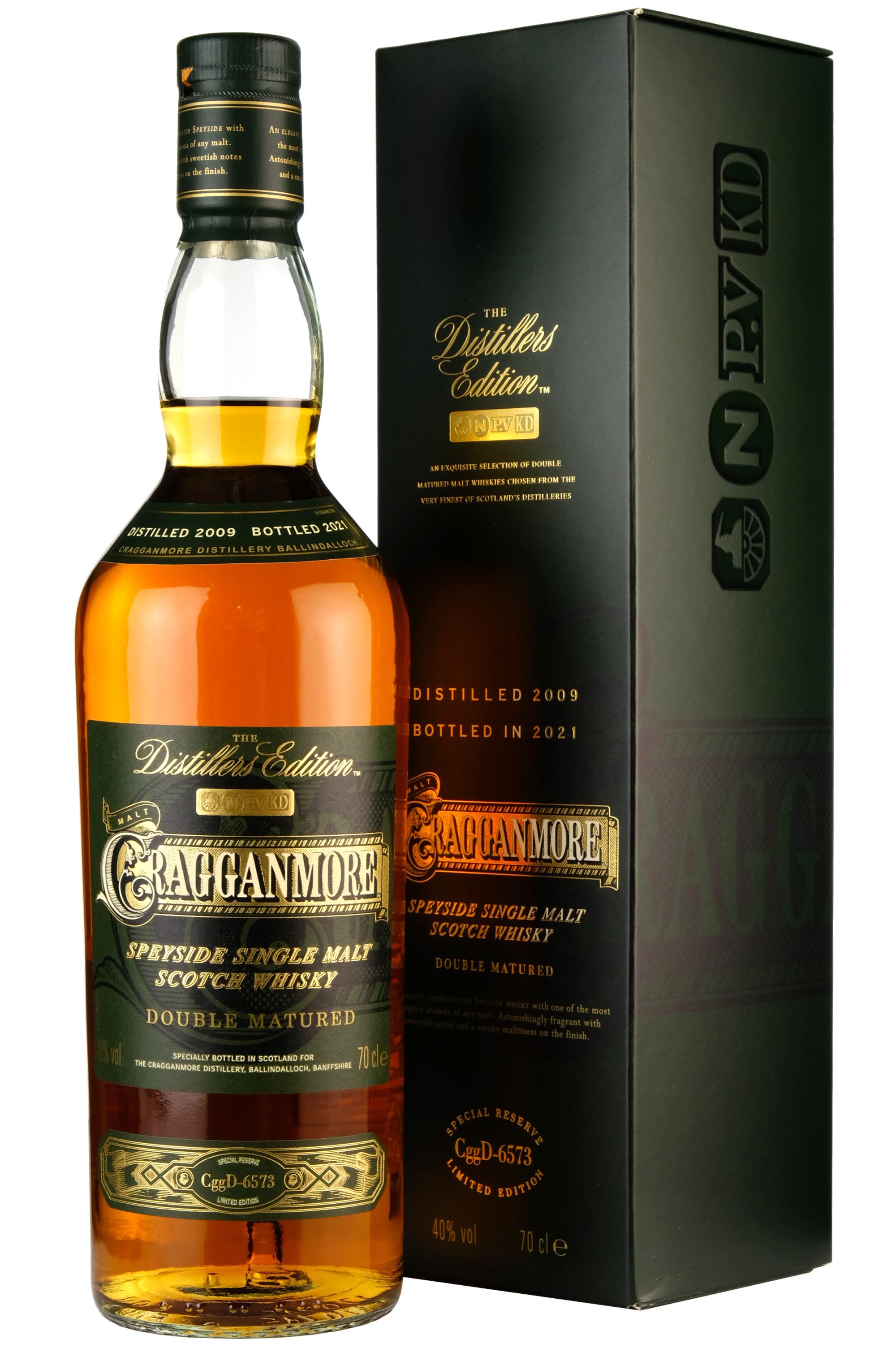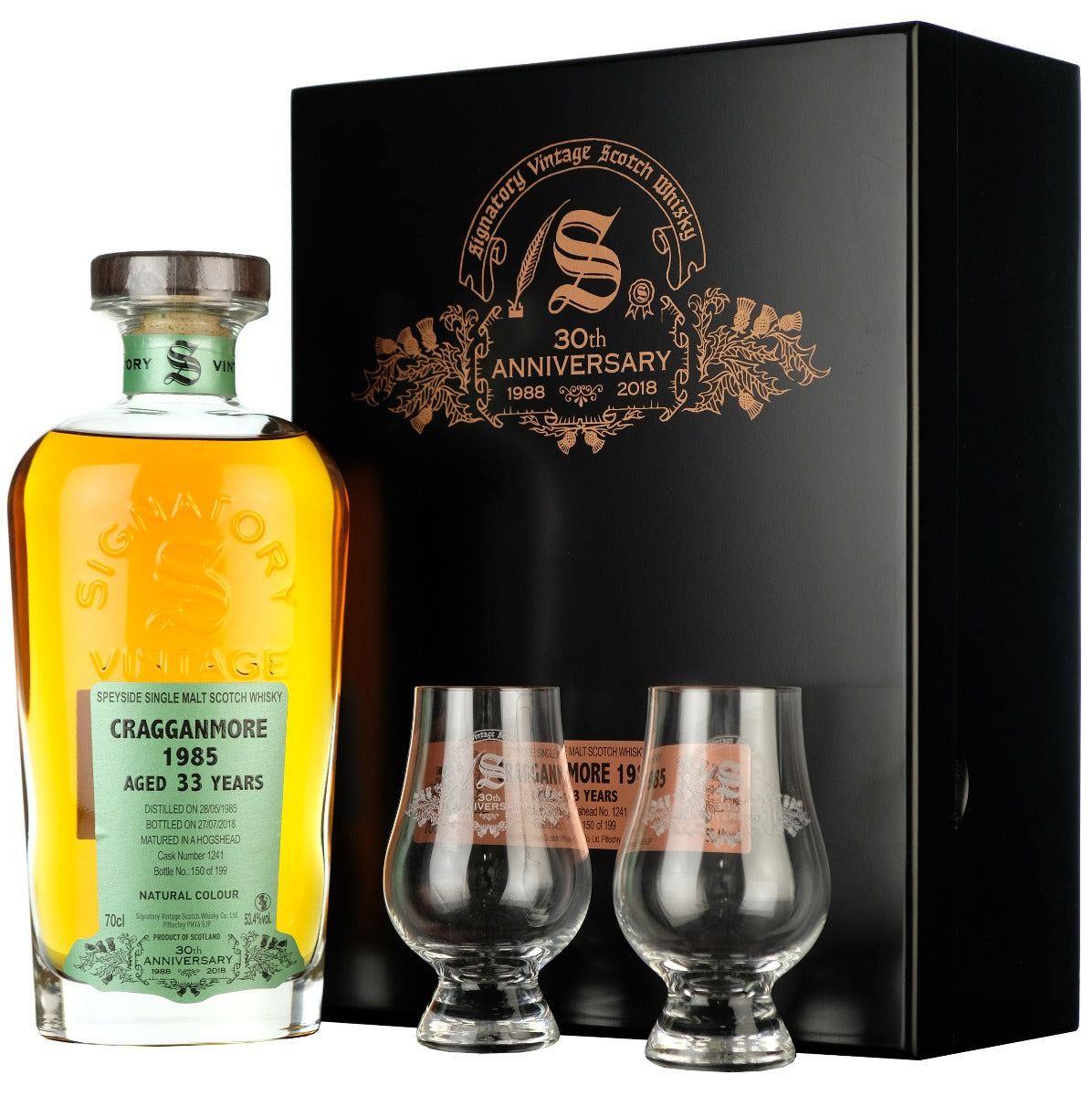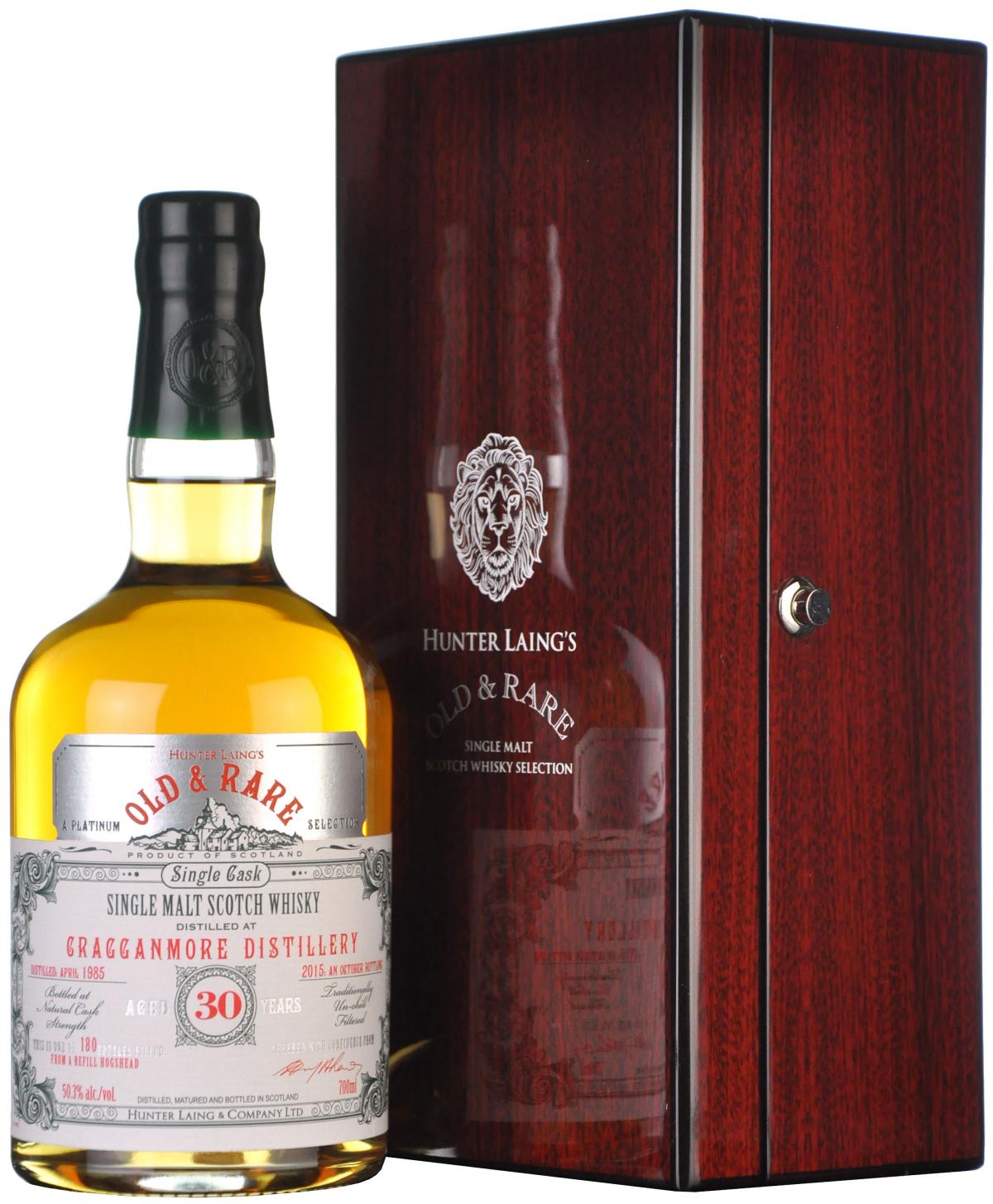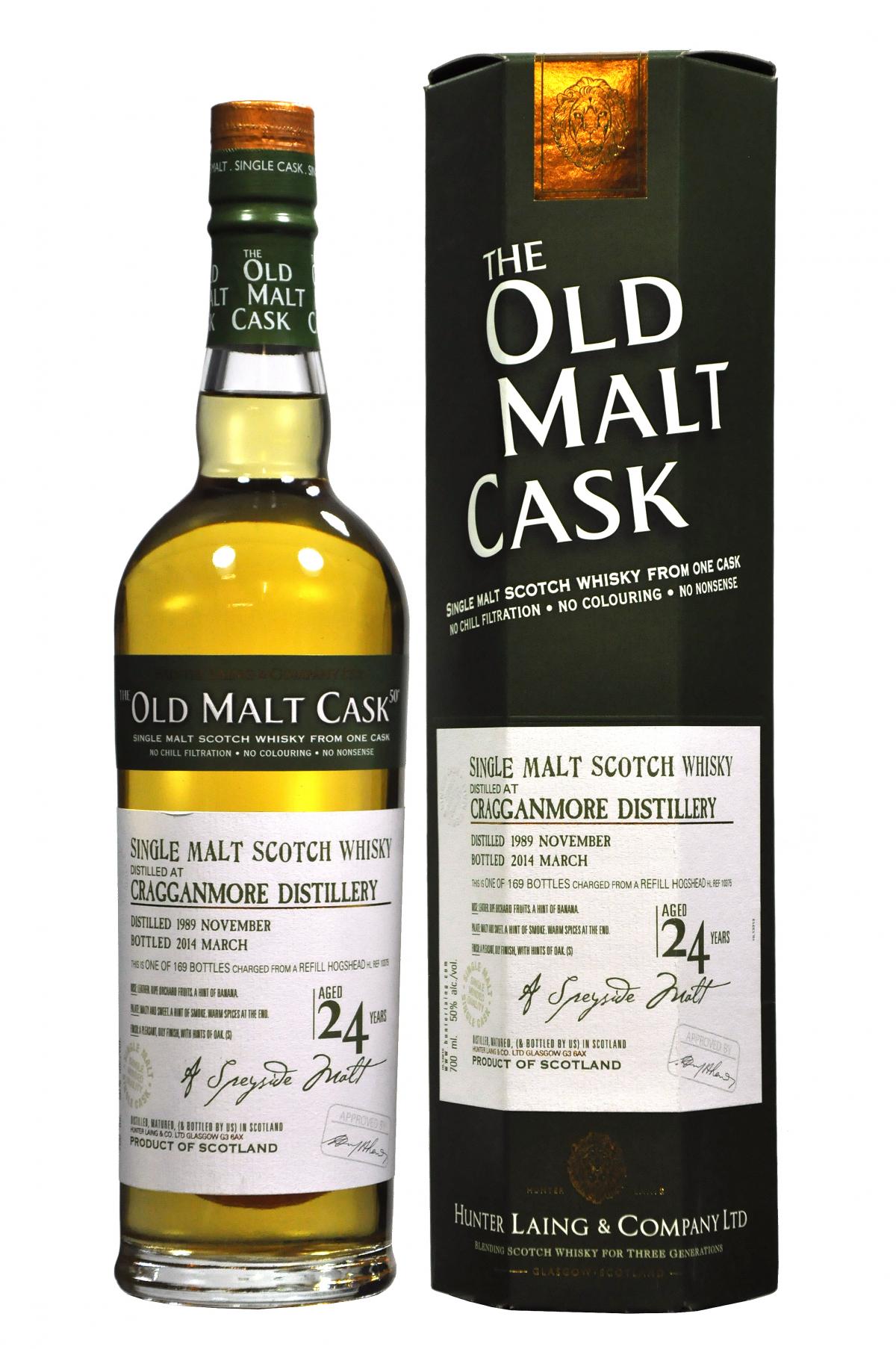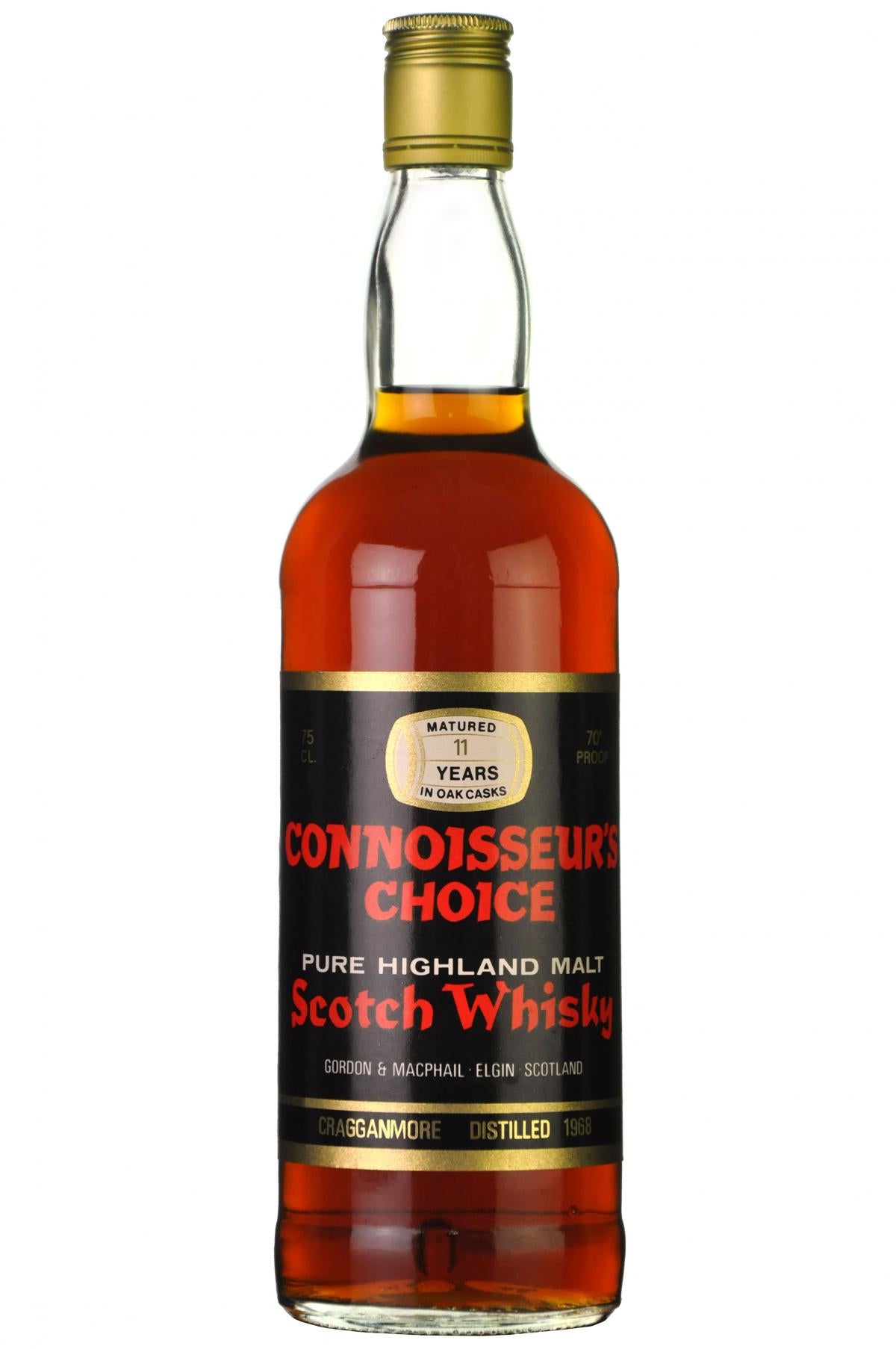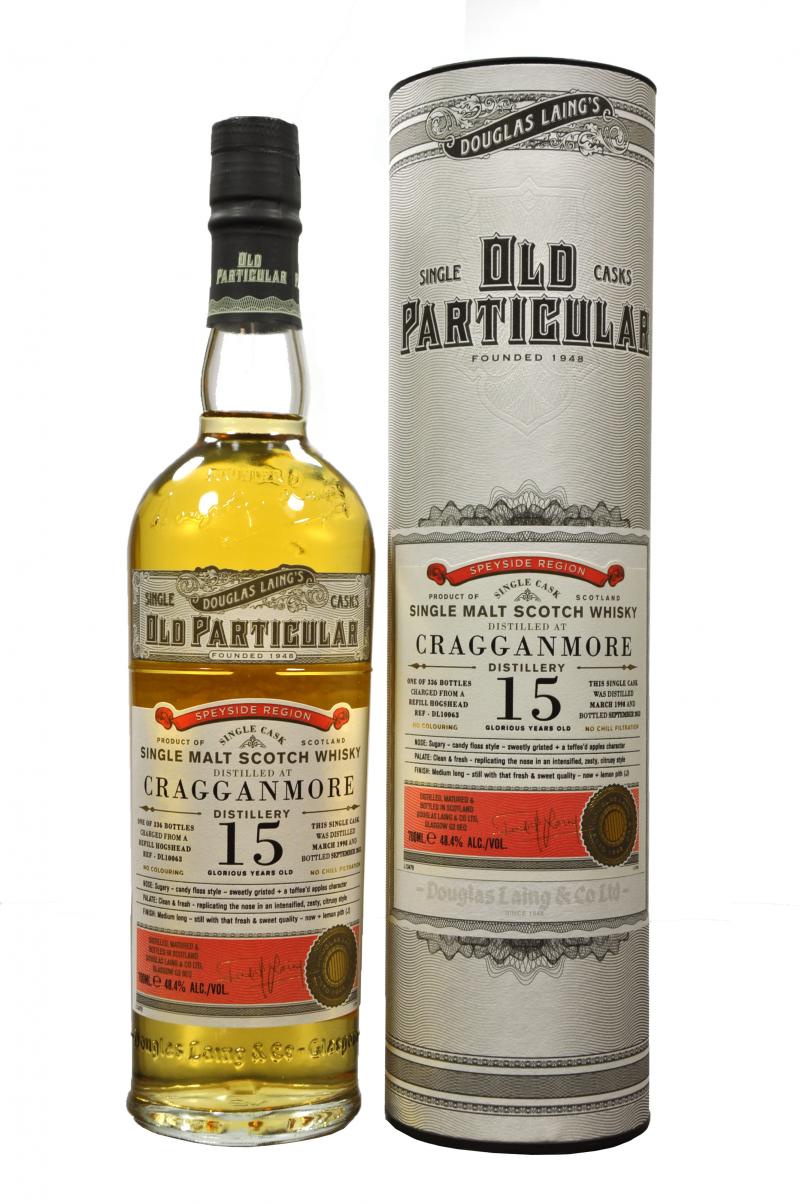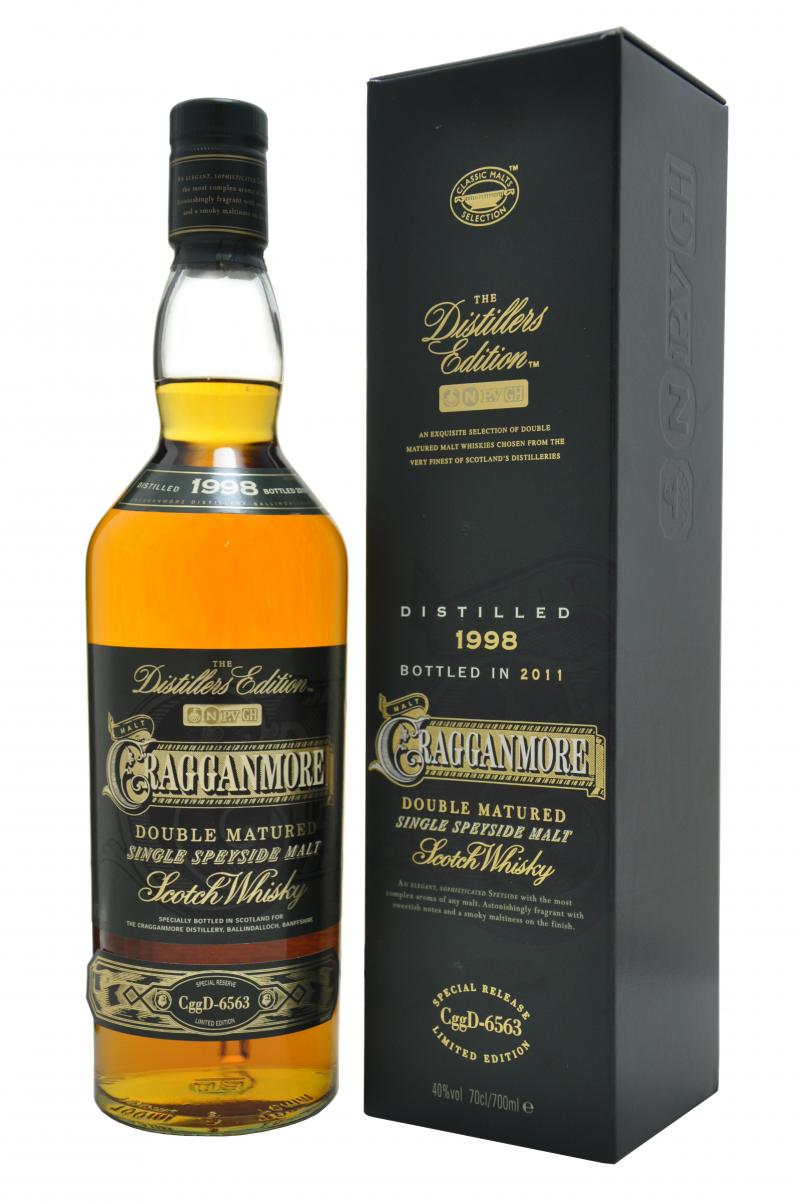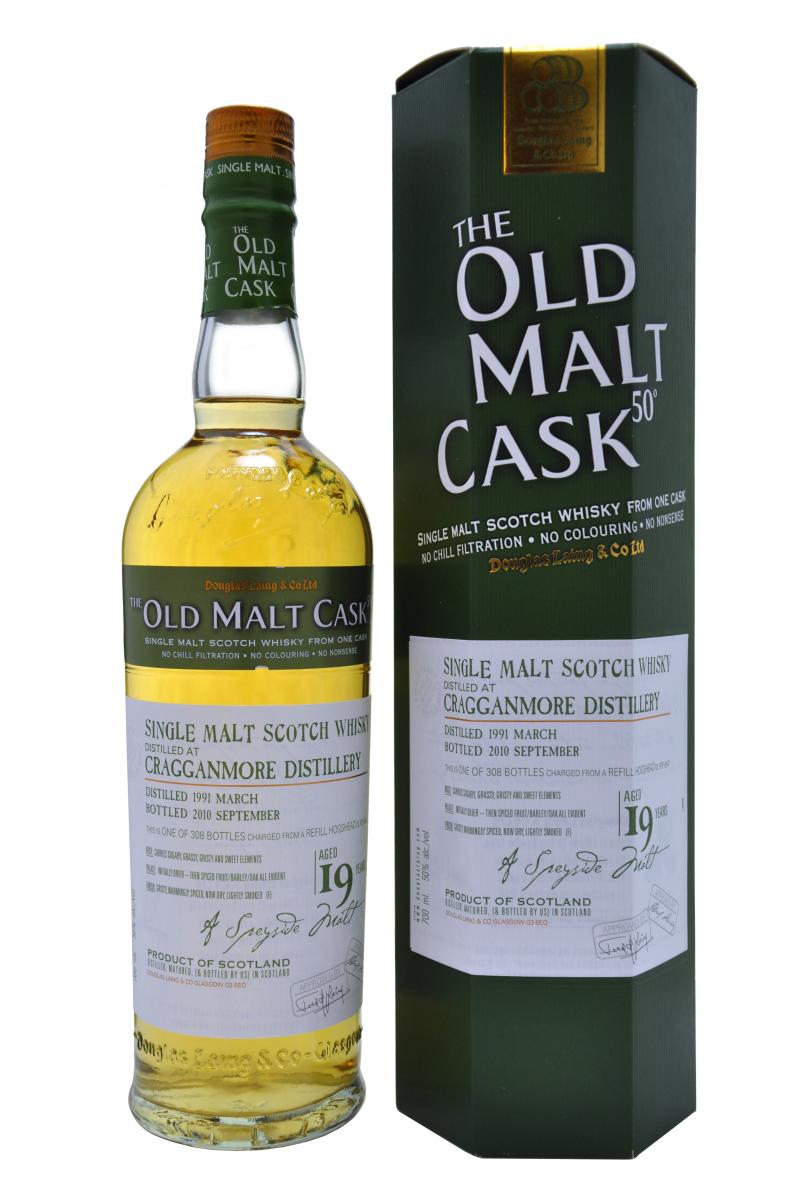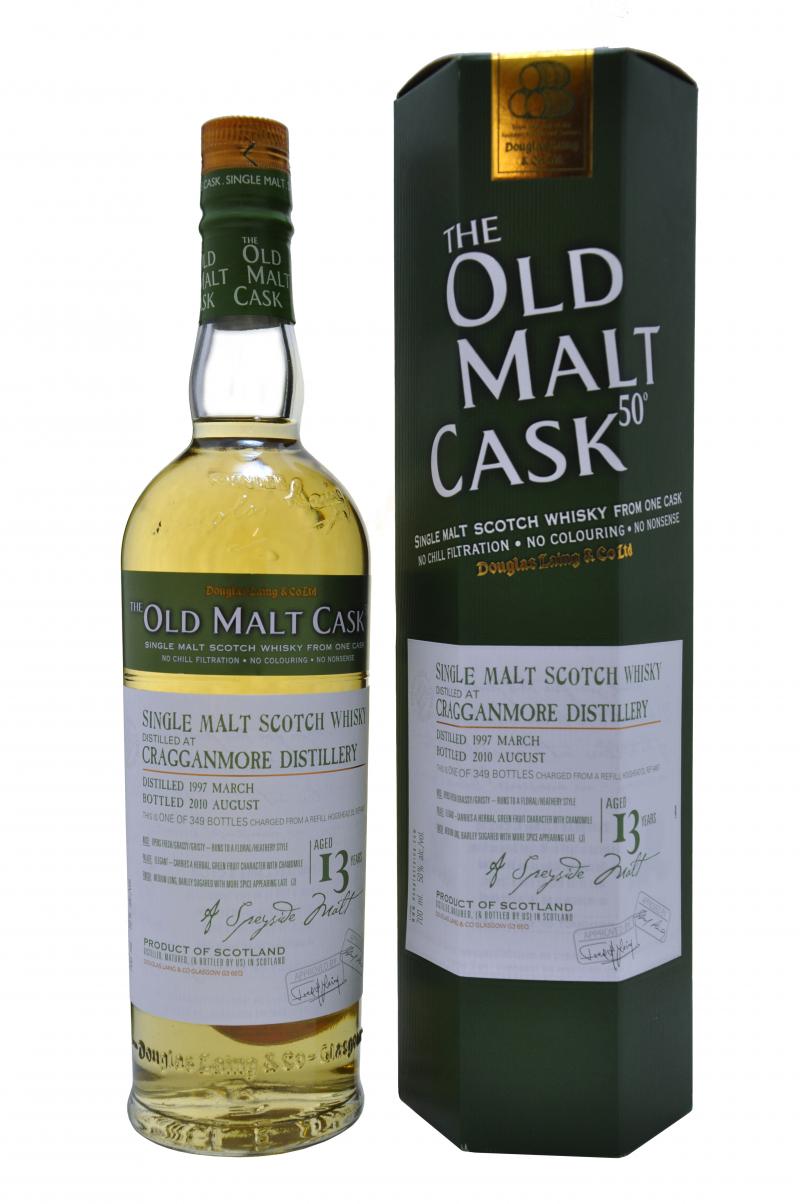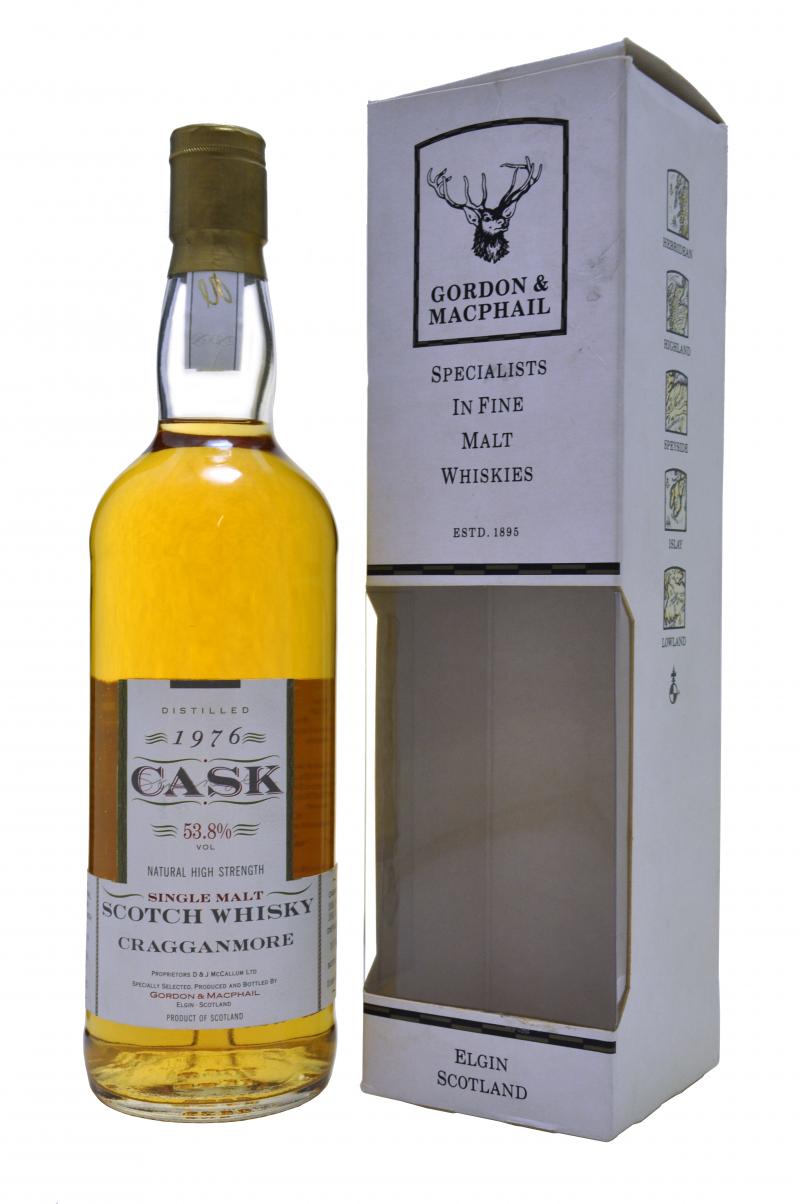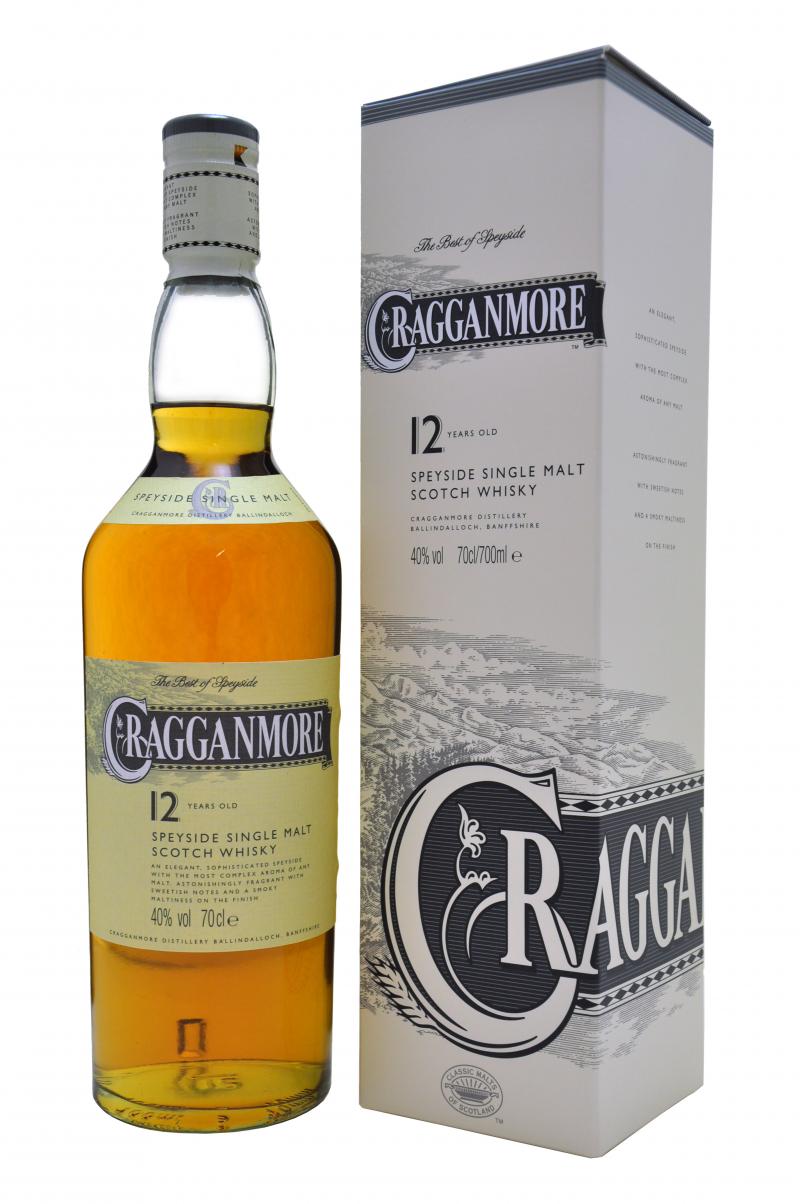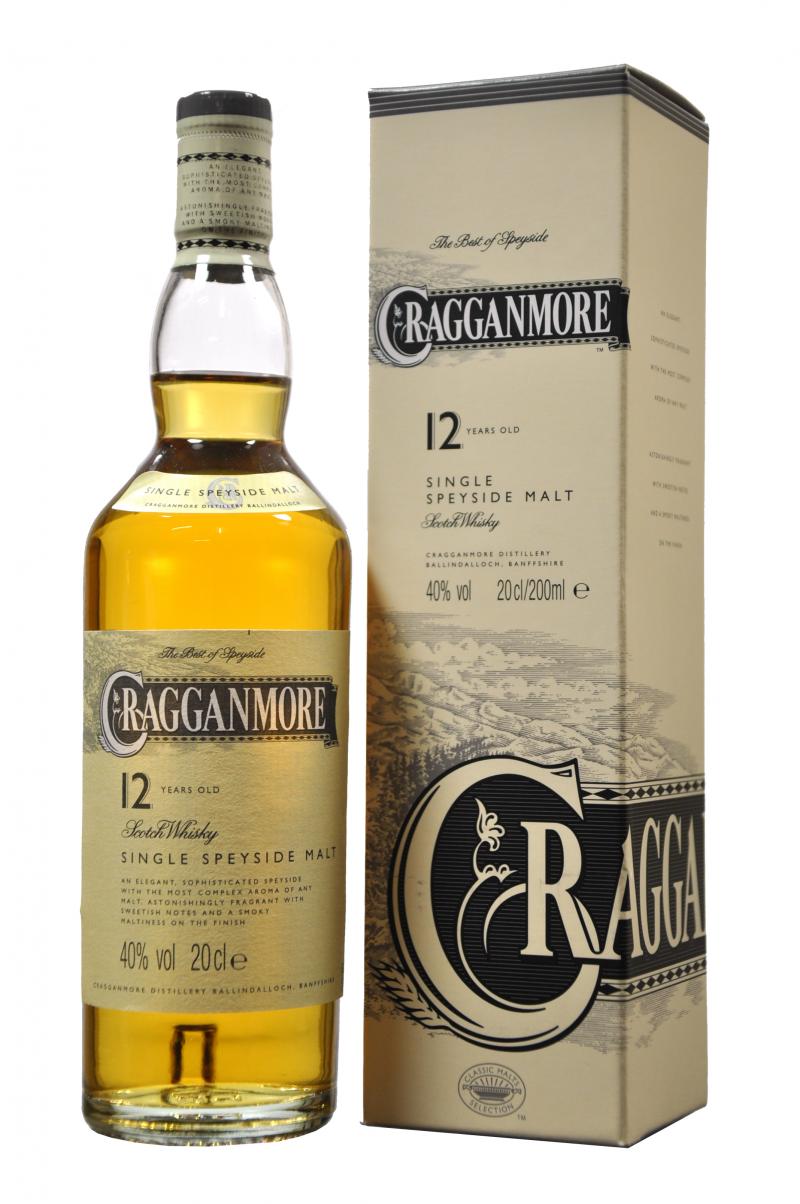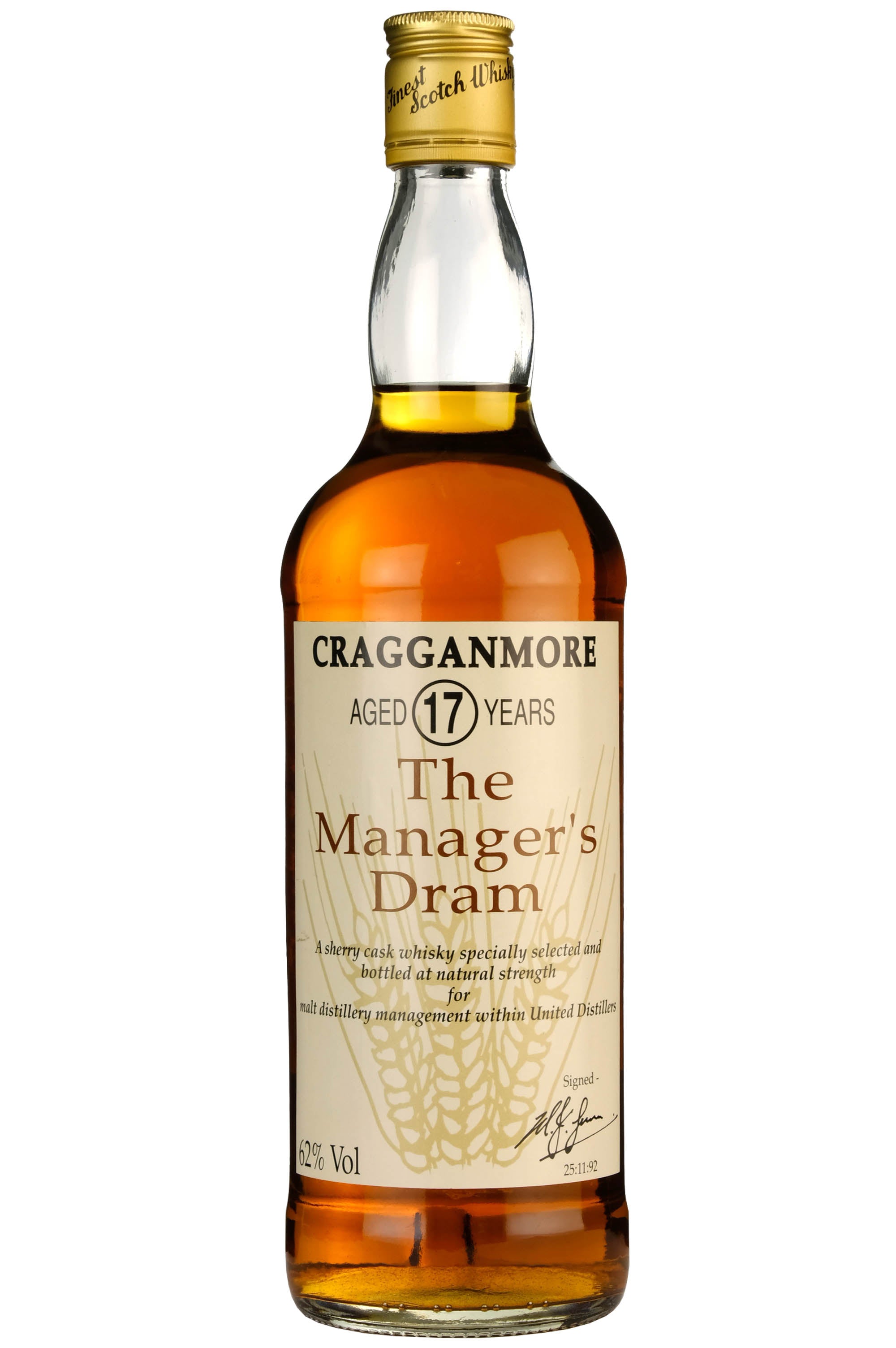Nose: a clean peat smoke, with warm sands, hot clay pots in a greenhouse, and crusty earth so dry it is all crackled. One would struggle to find moisture or maritime character, here. It is all dry and barren, with (dry) ground seashells the only possible connection to the sea -- a sedimentary connection. With time, merbromin appears on the horizon, and burnt hazelwood -- burnt, not charred, curiously. The tenacious taster may discover age-old strawberry chewing gum kept in a wooden cupboard for decades, undisturbed. Yes, the dry, earthy peat is slowly complemented by a thin haze of strawberry, as if strawberry gum were wrapped in gauze. The second nose has a spoonful of custard cream, stem ginger, and a pinch of spices (ground cinnamon, nutmeg), joining the warm sand. Mouth: ooft! The attack is sharp and overtly medicinal. TCP, antiseptic, tincture of iodine, rubbing alcohol, burnt sand. Sharp, precise, hot. The nose made me think of Ardmore, whereas the palate hints at Laphroaig. It is numbing as xylocaine, and chews like soft wood mixed with strawberry gum -- though one will need a magnifying glass and an open mind to find the gum. The second sip is just as sharp and precise, shards of glass ground into dust, and mixed with fine earth, sand, and ginger and cinnamon powder. More chewing brings back the strawberry gum, and adds apricot-square cereals. Odd. Finish: beside the warm sands, we now find stagnant water full of floating vegetal debris, and burnt-wood gratings (now closer to char). A salty-crunchy impression stays on the tongue, which suggests ground seashells again, were they sprinkled with a disinfectant or another. Long, big and earthy, the finish begs to be experienced on a cold evening in a coastal village. The second gulp is windier and airier, if that makes sense, still numbing, saltier and more medicinal. We find cinnamon paste, before it dies with a whisp of smoke via retro-nasal olfaction, sharp, clean, warming.
https://theoldmanofhuy.blogspot.com/2025/03/10032025-mystery-sample-4.html
Another cracker here from G&M; this 10yo Auchroisk has been matured in some fine ex-bourbon casks imparting a lovely sweetness and vanilla taste profile to the spirit. Phenomenal bang for buck at the price.
Good sherry notes and a very enjoyable dram
A pleasant malt but lacking the sweetness and sherry influence I expect from an oloroso cask. Harsh until well diluted with pure water


